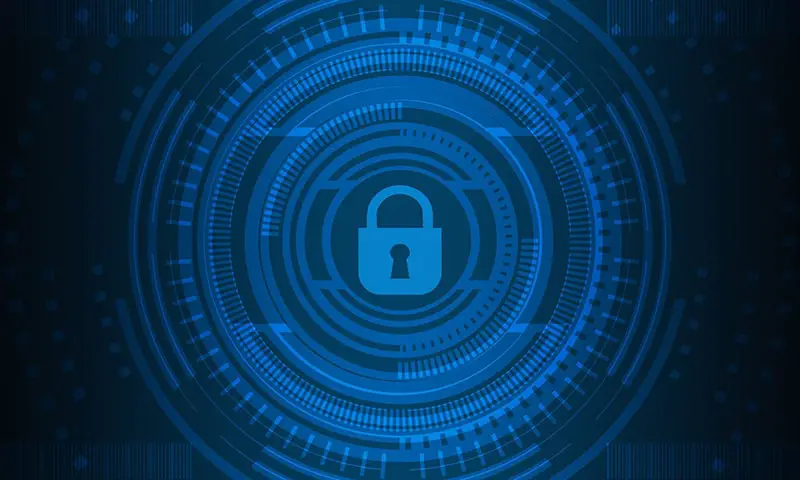Click here to get this post in PDF

With cases of data breaches on the rise, data security experts are working hard to enhance data security. Among the top data security strategies, end-to-end encryption is one of them. Companies utilize end-to-end encryption on all messages, photos, audios and videos that users send and receive while interacting.
It’s no secret that the internet comes with numerous, unfathomable advantages. However, just like anything good, the internet also comes with some disadvantages. Ideally, while you can utilize the internet to make communication easy, it can also play as an avenue for inhospitable environments such as eavesdropping.
At the same time, the internet is a place where private companies and governments communicate through chats and messages.
So, what is end-to-end cloud encryption? What are its benefits? Well, read along to learn more.
What is End-to-End Cloud Encryption?
End-to-end encryption is a communication system used to secure a communication line by encrypting messages that are being sent and received. This way, any third party intrusion is completely prevented from getting access to the data being transmitted.
How Does End-to-End Encryption Work?
Basically, end-to-end encryption is quite different from standard encryption in many ways. For starters, end-to-end encryption not only encrypts messages during transit but does so when composing messages as well.
Typically, all traditional messaging apps have some standard encryption in place. While this is the case, they are not utterly secure. This means that telecommunication companies or any unscrupulous individual can get access to transmitted data with ease.
However, end-to-end encryption ensures that not even the service provider access the data being transmitted or received. Only authorized individuals in the communication process can send and receive the messages securely.
But what makes end-to-end encryption secure? Well, this system has been developed with more than one encryption code. Among other things, this makes it secure for communication parties to send and receive coded messages in two different paths.
In a nutshell, gone are the days where one key fits all locks. With end-to-end encryption, no one key can get access to transmitted data, unless you have both sender and recipient encryption keys.
Symmetric and Asymmetric Encryption: What’s the Difference
If you are new to the tech world and cryptography in particular, then you might find it challenging to choose a formidable encryption software. Even more daunting will be choosing between asymmetric and symmetric encryption.
You shouldn’t worry, though. Below are some key differences between the two types of encryptions:
- The first notable difference is that symmetric encryption has a single key for both encryption and decryption. On the other hand, asymmetric encryption uses a public key when a message is sent and a private key to decrypt received messages.
- Asymmetric encryption algorithms are more complicated and slower to execute. This is unlike symmetric encryption algorithms, which are faster to execute. Ideally, this is because asymmetric encryption algorithms involve a lot of computation processes.
- DES, AES, RC4 and 3DES are the most common symmetric algorithms used. However, asymmetric encryption utilizes RSA and Diffie-Hellman algorithms.
- Asymmetric encryption is mostly used to transmit single keys in secret. Symmetric encryption, on the other hand, transmits data in bulk.
Benefits of End-to-End Encryption
A vast majority of security professionals advocate the use of end-to-end encryption because it protects your data from getting into unwanted hands. This can be the government, service provider, hackers or a telecommunications company. Remember that when you allow a service provider to decrypt your data, you will be leaving a massive security gap, which can compromise your data whenever the server is compromised.
Additionally, end-to-end encryption is a one-time set-up program. Once you use it to encrypt your data, you won’t have to re-install it whenever you send or receive a new message.
Challenges Associated with End-to-End Encryption
While end-to-end encryption provides several benefits, it equally comes with some downsides. Perhaps the major challenge facing end-to-end encryption is that it creates a safe space for criminals to communicate easily. Since there is no third party involvement, criminals can plan anything beneath your nose, without your knowledge.
Although many people may argue against this point, it goes without saying that it holds a lot of water.
Process for Securing Private Data
Another point to consider is that it’s free to use. Since end-to-end encryption is available to everyone for free, there is no means of mitigating any potential activities that may prove to be uncouth.
Generally, end-to-end encryption comes with many benefits compared to disadvantages. Due to this, you can expect it to shape how people secure data in the future.
Image Source: Pixabay.com
